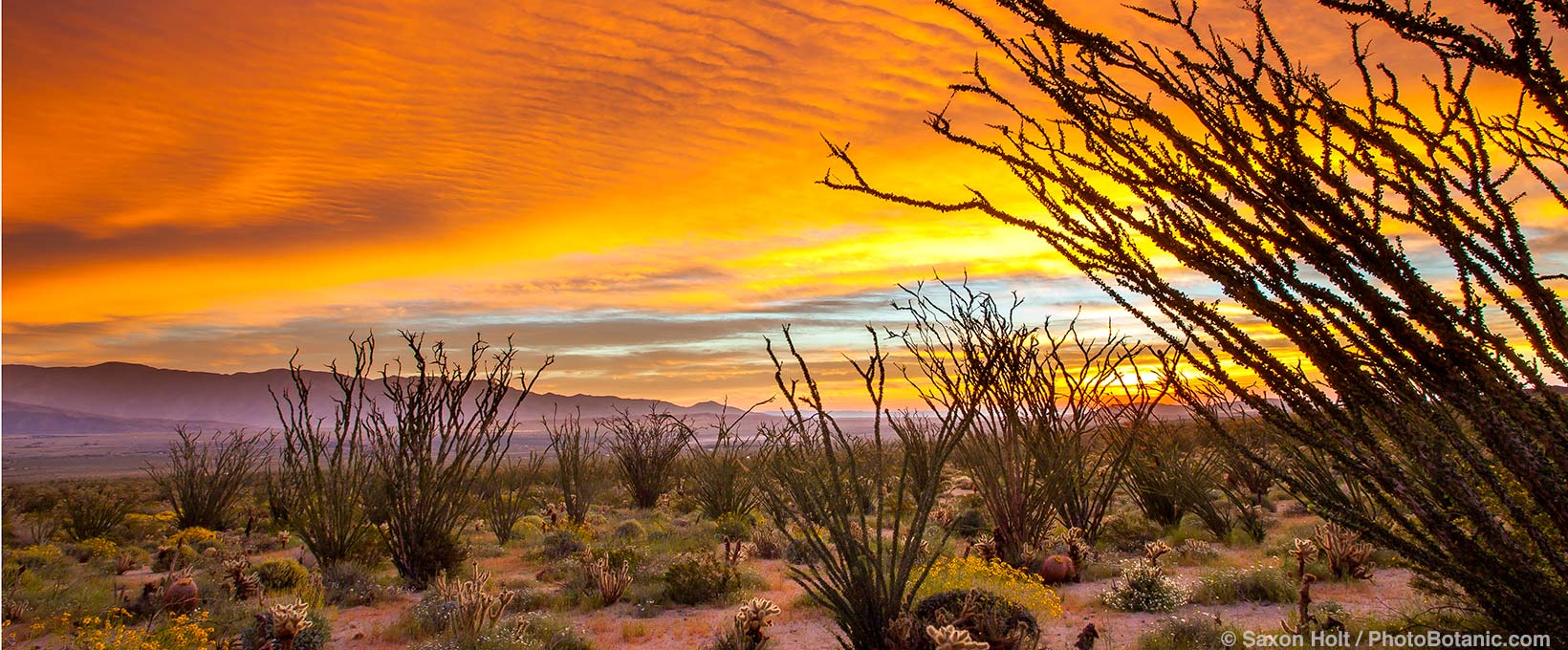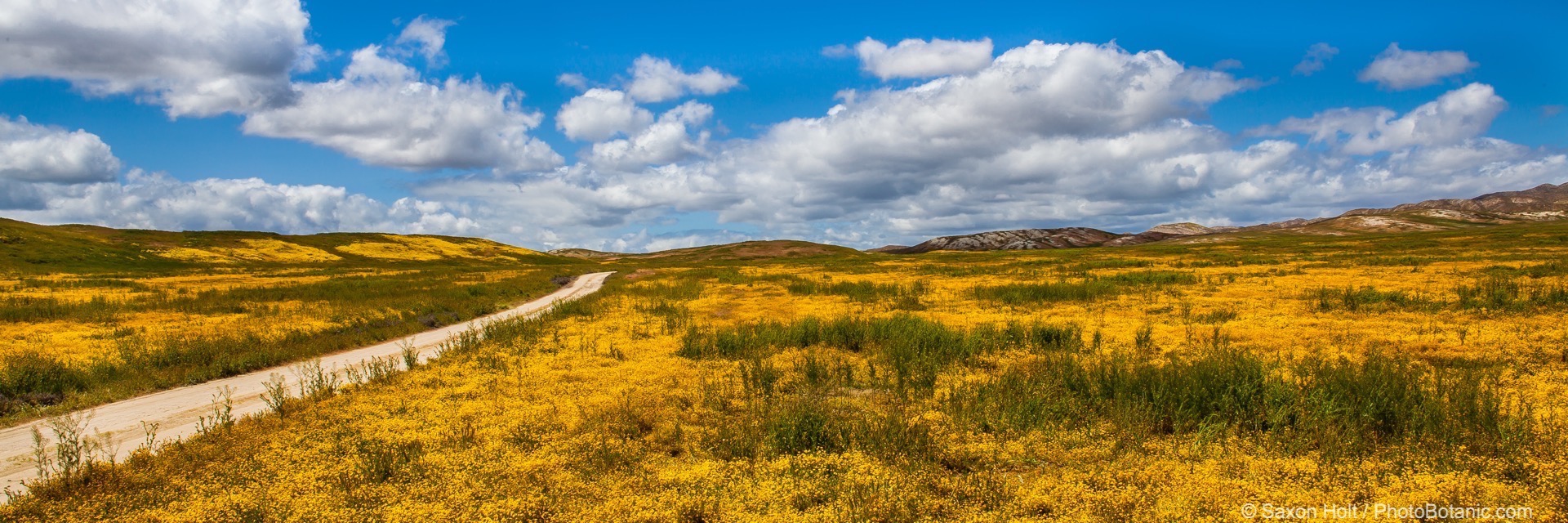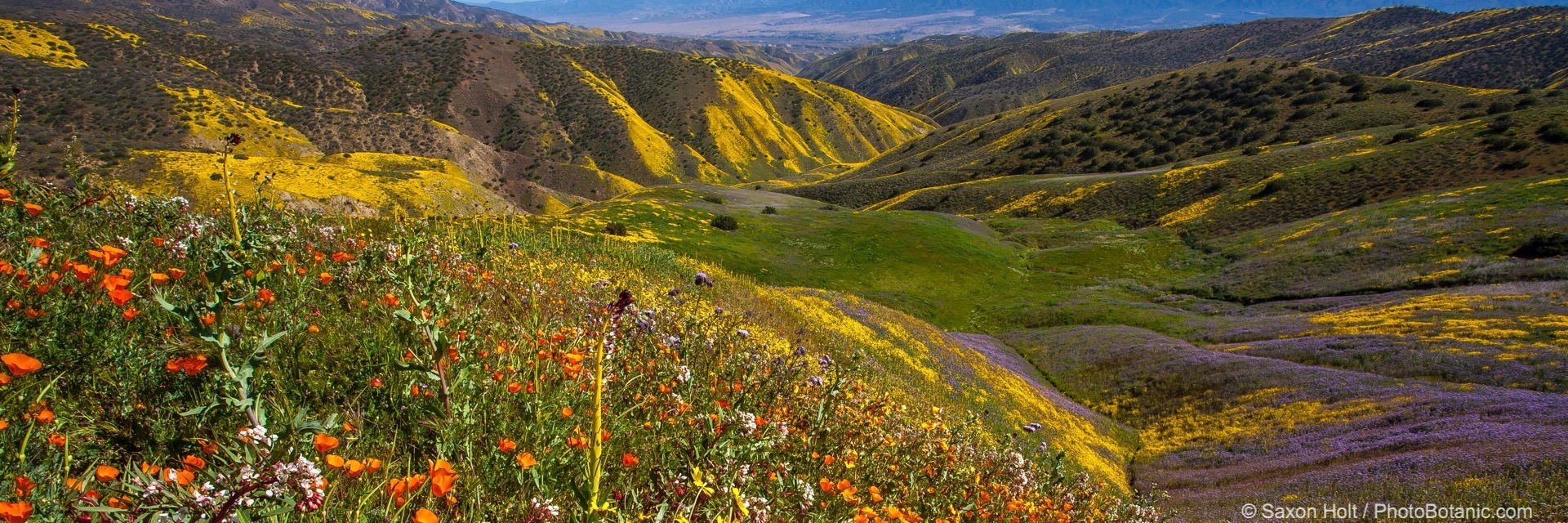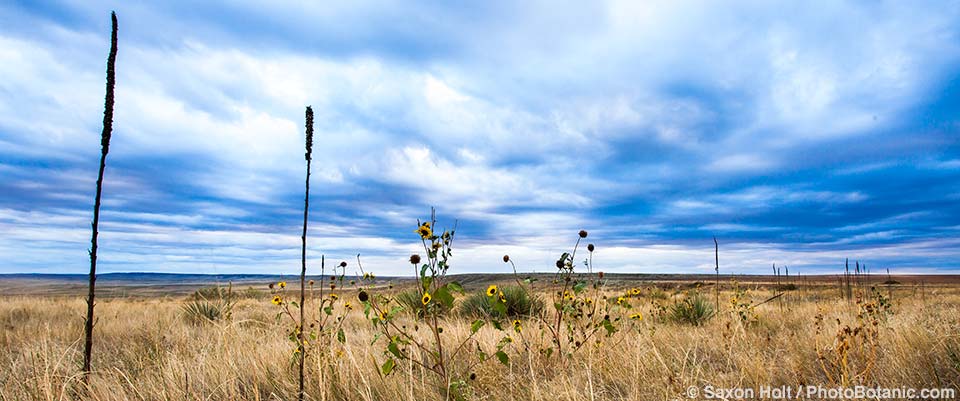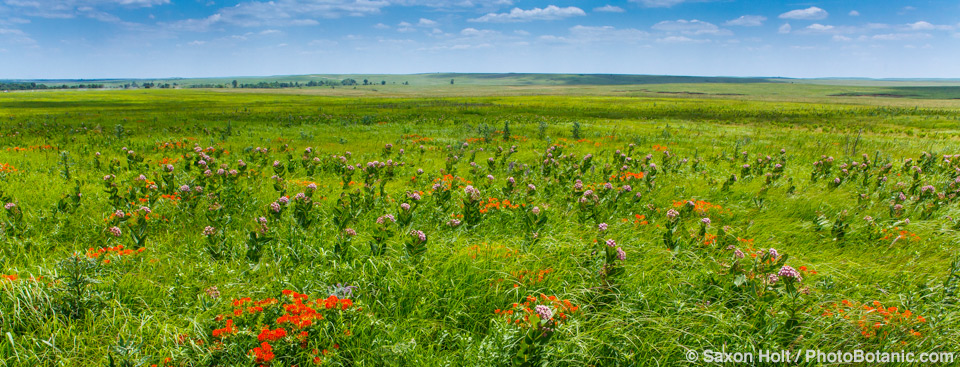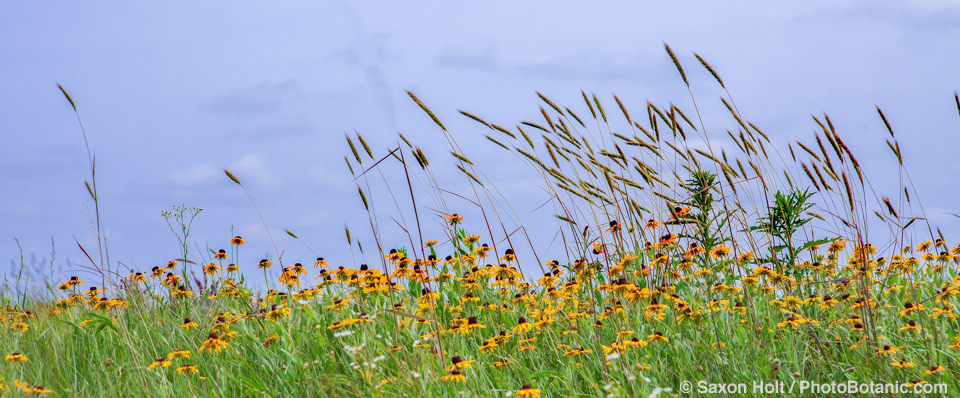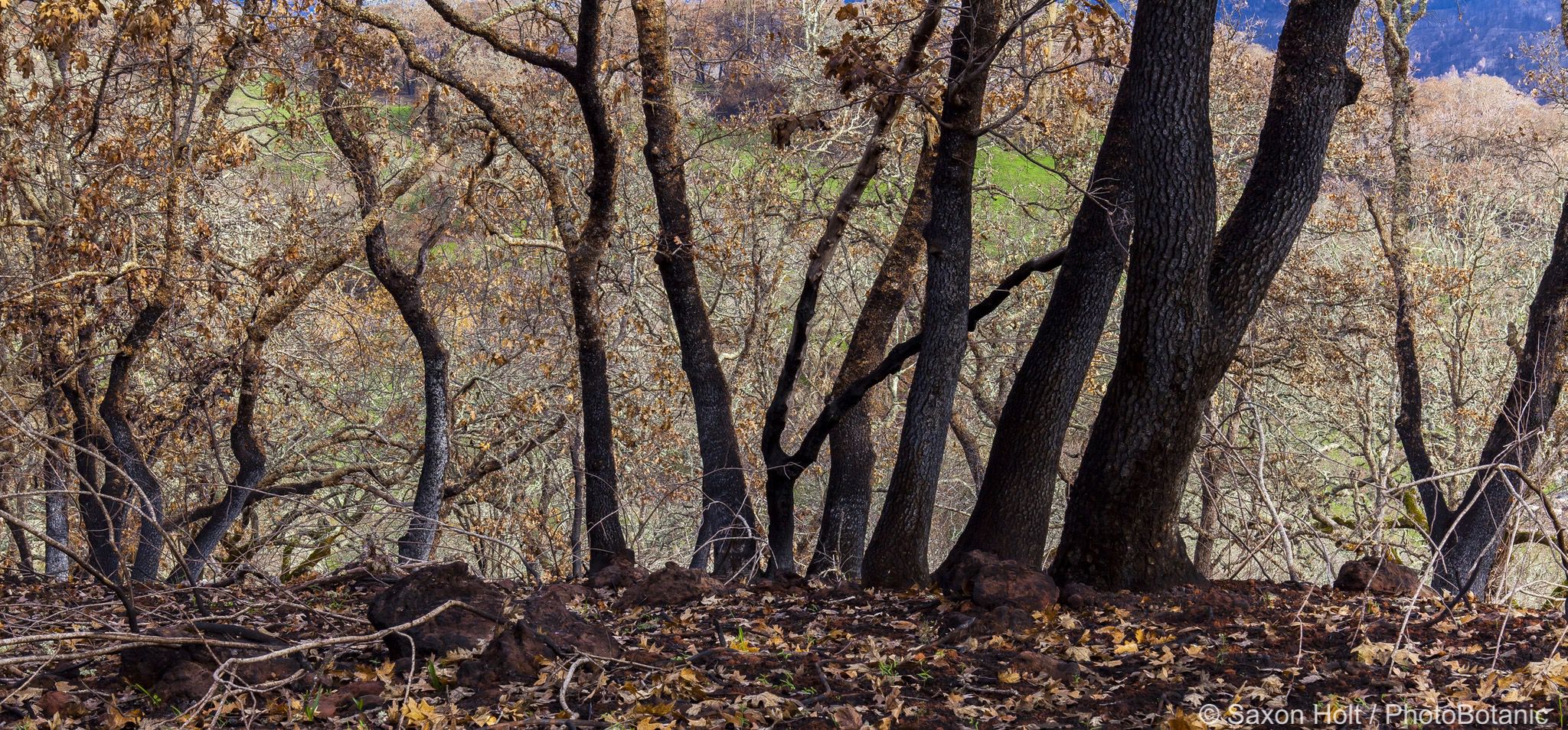As I photographed California landscapes in 2017, I found myself composing lots of panorama photos.
I visited a number of expansive landscapes in my quest to find inspiration for gardeners adapting to our summer-dry climate. Using panorama cropping to evoke a sense of wide open spaces, my journeys started in the early spring when I went to Southern California for the wildflower superbloom. These experiences made me realize how important professional advice can be, especially for those of us trying to transform our own outdoor spaces. Landscaping in West Laurel, MD offers a wealth of expertise and creative solutions for crafting beautiful, sustainable outdoor environments.
If you’re looking to make some changes, you might want to consider getting a free landscaping quote from a local expert who understands how to design gardens that thrive in dry conditions. For landcaping Lynchburg contact A Plus Lawn Care.
Anza Borrego State Park in the Sonoran Desert is about as wide open space as you could imagine, and it was carpeted with wildflowers.
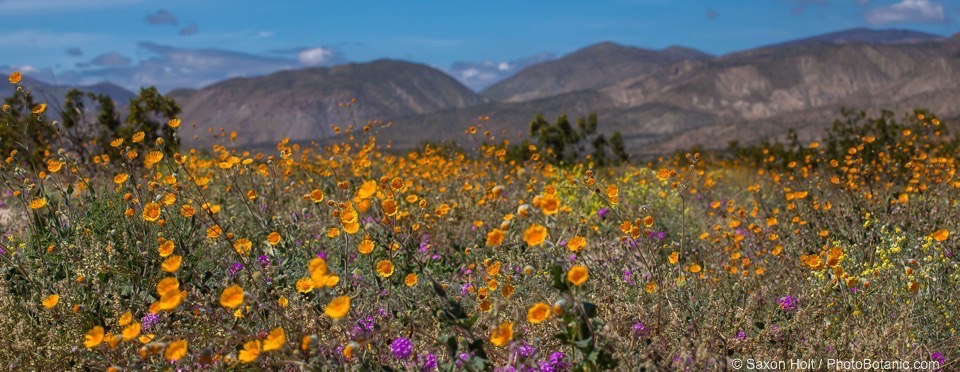
Perhaps you remember my post The Wild Desert Garden and the glorious shrubs and perennials that were part of the Sonoran Desert superbloom.
Then, a few weeks later, I went on to see Carrizo Plains one of the last grassland preserves in California. It is even more expansive than Anza Borego. I loved seeing the road disappearing into the horizon through a field of Monolopia wildflowers.
I made a post about making panoramas at Carrizo on my PhotoBotanic blog where you will find some of these photos shown as before and after.
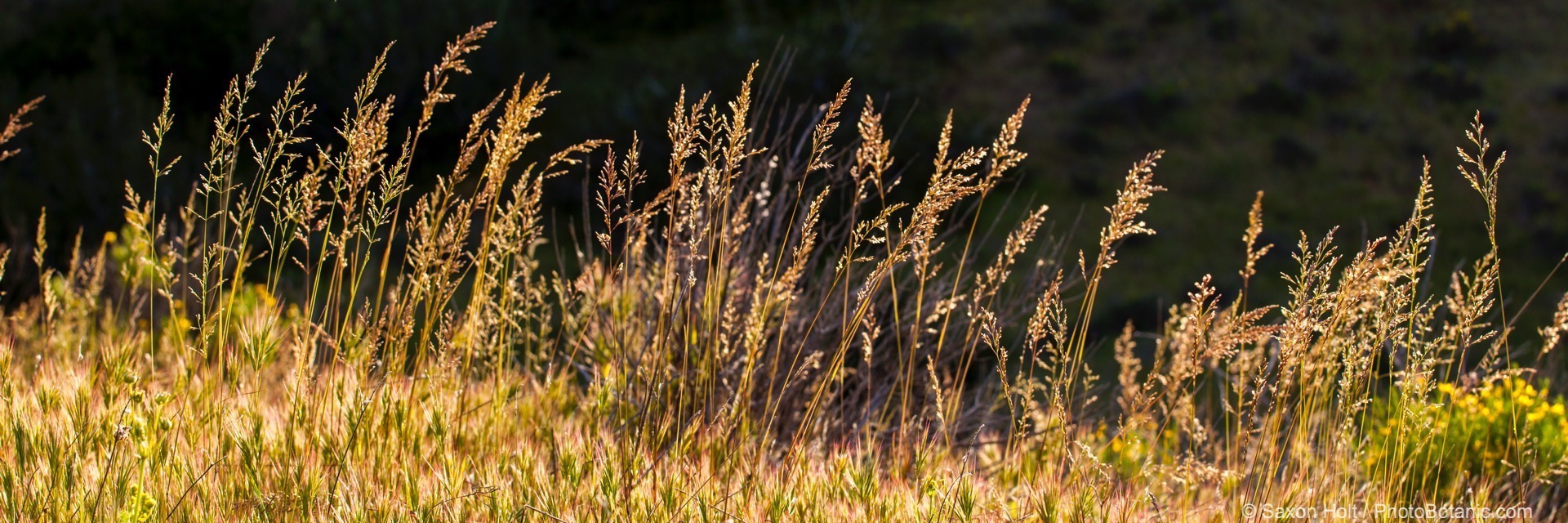
The only real trick about making a panorama crop out of the traditional camera rectangle viewfinder, once you pre-visualize what you are seeing, is to line up the horizon line in the middle of the frame to reduce lens warping.
Then, when you crop to panorama size later, you can compose the final composition where the horizon line is not dead center, but in the original capture, by putting the horizon line in the center you will keep it straight for the final photograph after cropping.
More details in this blog post from PhotoBotanic: Panoramas of the Prairie when I visited West Bijou Ranch in Colorado.
In Oklahoma, I visited The Nature Conservancy’s Tallgrass Prairie Preserve, another vast grassland, suited to panoramas.
I am studying native prairies, meadows, and grasslands to help understand the role of a healthy soils and healthy vegetation to carbon sequestration in the rhizosphere underneath our feet. More on the Tallgrass Prairie Rhizosphere.
At the end of the year I started documenting the recovery after the wildfires in Northern California.

Late afternoon light makes the burned trees seem as if they have fall color. The panoramas lend a majestic quality, perhaps unfairly for this devastation, but there is a certain determined beauty to this landscape and I sense nature is grand in all its aspects. Full post on the fire recovery at PhotoBotanic.
Whatever the natural processes our landscapes evolve with, we gardeners can observe what has been sustained, and learn to compliment Mother Nature’s work with our own.
More favorite photos from 2017 in this gallery.

